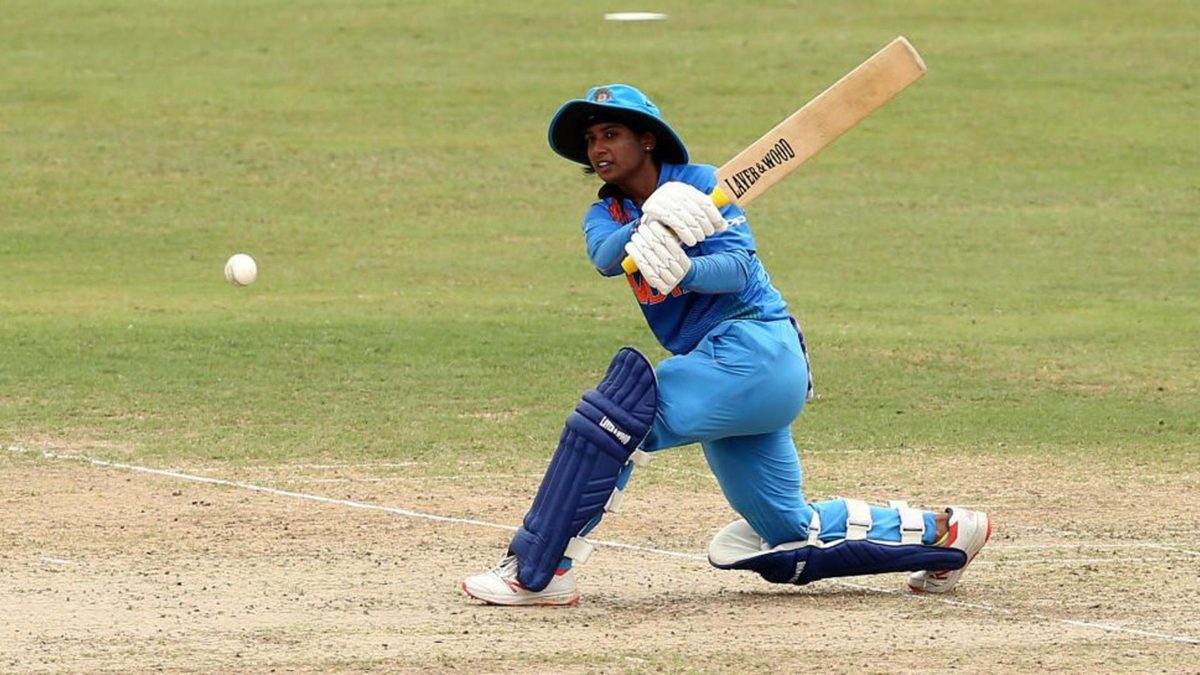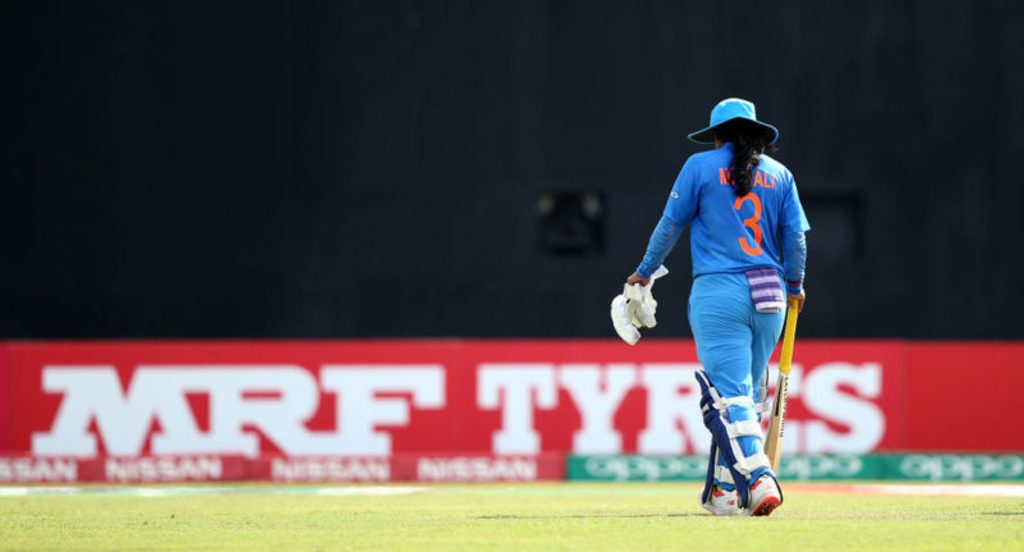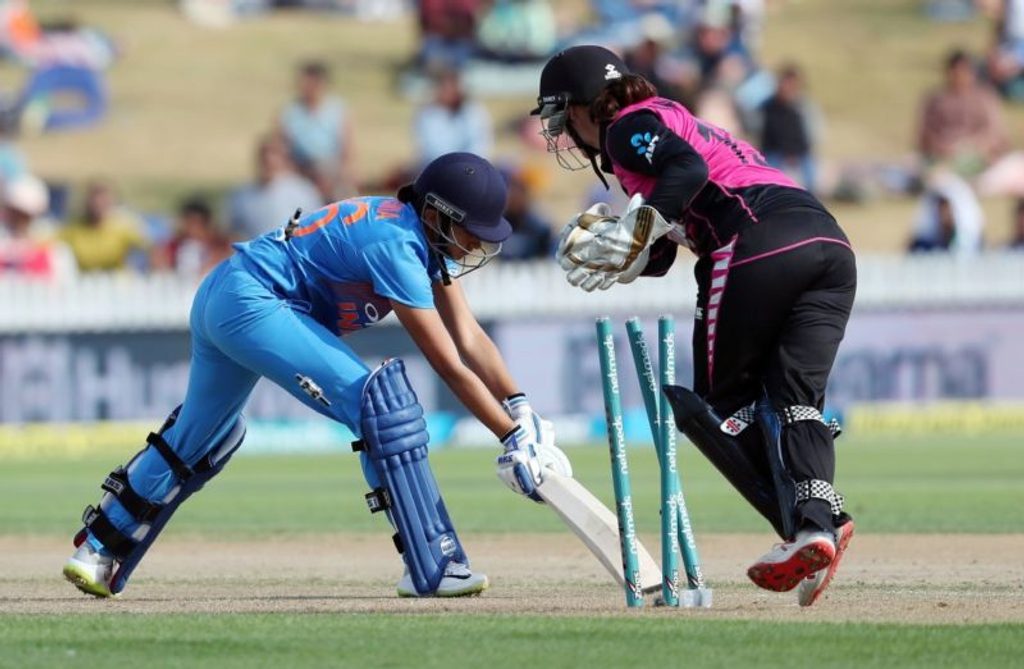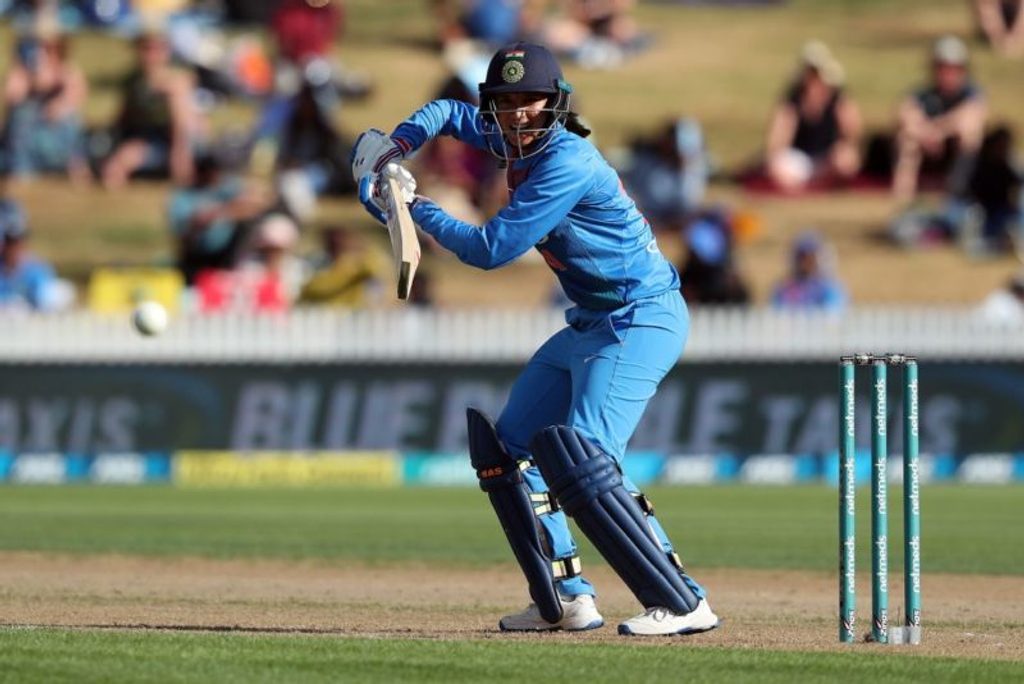
Mithali Raj shouldn’t be in the T20I team. Or should she? Three months after the issue threatened to blow apart Indian women’s cricket, we are no closer to an emphatic response.
India lost 3-0 in their T20I series in New Zealand. They lost twice without Raj in their XI, and once with her in it. Her performance in the final match on Sunday, February 10, the only one she played, and where India lost by two runs chasing 162, proferred enough fuel for both sides of the debate to keep the flame wars going.
Here’s the first argument. Raj made 24* off 20 balls. It was the second-highest score for India after Smriti Mandhana’s 86. It was also the highest score all series for any Indian batter not named Smriti Mandhana or Jemimah Rodrigues.
[caption id=”attachment_90309″ align=”alignnone” width=”800″] Reports have suggested that Mithali Raj might retire from T20Is before the World Cup[/caption]
Reports have suggested that Mithali Raj might retire from T20Is before the World Cup[/caption]
It was the first time all series that India’s middle order, so far as stable as a three-legged table with a dancing pony, had not collapsed: They’d lost 9-34 in the first T20I and nobody outside Mandhana and Rodrigues had got into double figures in the second. Go further back to World T20 semi-final last year, and the collapse, in a side sans Raj, was 8-23. Here, Raj stayed till the end.
Her partnerships of 21 with Mandhana – someone with whom she has shared five fifty-run and two 100-run stands through her career – and 36 with Deepti Sharma were India’s fourth and third-best all series.
Clearly, India are a better side with her in it than without.
[breakout id=”0″][/breakout]Here’s the counter. Raj made 24* off 20 balls. She needed to strike four off the last ball, but could only get one. Off 15 scoring shots, 12 were singles, and the 36-year-old could convert none of them into twos, and definitely no threes.
[breakout id=”1″][/breakout]When she came in, the required run-rate was 7.34. When Mandhana got out in the 16th over, it had risen to 8.67. In the last two overs India needed 23 off 12. Only twice all series had a player who made more than 20 runs – and there were 16 such instances – scored them at a lower strike-rate than her 120.
Clearly, hers is not a game for new-age T20I cricket.
[caption id=”attachment_98020″ align=”alignnone” width=”800″] India were plagued by batting collapses during the T20I series against New Zealand[/caption]
India were plagued by batting collapses during the T20I series against New Zealand[/caption]
Of course, there’s a third point of view, that the question itself is all wrong. It’s not about whether Mithali Raj deserves a place in the team – she does – but whether India should leave her out despite that. And to hear captain Harmanpreet Kaur, that’s the party line she’s sticking to.
[breakout id=”2″][/breakout]“We are building a team,” said Kaur after the second loss. “More than winning and losing, it’s a learning process. I know today things are difficult for us, but in the future, when we build a team, the result will also follow us.” So what if they were two last-over finishes, she seemed to suggest; with no women’s IPL to help India’s players develop, this kind of exposure was invaluable.
“You can’t play forever,” Ramesh Powar, the former coach, who arguably lost his job because of the unrest the decision to omit Raj caused in the team, told the Times of India. “I was thinking ahead. My vision was that if we had won that game, it would have taken the team places in the future. In two to five years, these girls would have developed into a great team.”
[caption id=”attachment_98022″ align=”alignnone” width=”800″] The team has been overly reliant on Smriti Mandhana[/caption]
The team has been overly reliant on Smriti Mandhana[/caption]
Unfortunately, however, for Kaur and this line of reasoning, the T20 World Cup is just a year away. And India simply don’t have the batting depth or bench strength to constantly attempt the high-risk, “fearless” brand of cricket they hope to play – not when one or more of Mandhana, Rodrigues and Kaur fail.
Besides, there has to be recognition, and humility to acknowledge, that a run-a-ball game, or slightly better, still has its place in women’s cricket. India have one of the stronger and more varied bowling attacks in world cricket, and many T20 analysts would point to Sunrisers Hyderabad or Perth Scorchers to argue that a low-risk approach to batting early on, with one player capable of being an anchor, is a rather good way of doing things.
[breakout id=”3″][/breakout]It’s something the team would do well to explore. Again, although the management might want otherwise, there are few others better than Raj to offer this, and a calm head to add to it. The comparisons with the MS Dhoni situation are hard to ignore, but with fewer challengers for the crown.
Reports have suggested that Raj might hang up her T20I boots, a format she’s never personally enjoyed anyway, before the World Cup. This, while ending all arguments, should be a worry for the team. India’s challenge is not if they should play Raj, but to find where to play her and in what situations. And if for that they need a pragmatic assessment of the kind of cricket they can play, they have less than 12 months to get it right.








